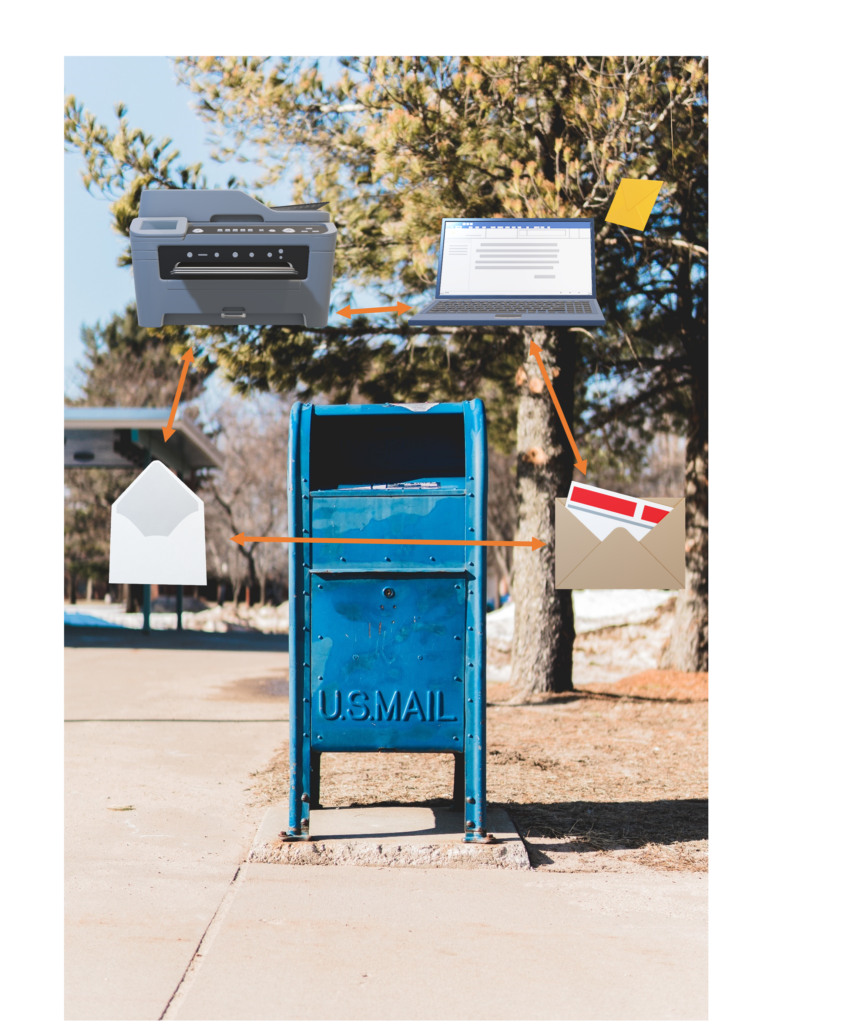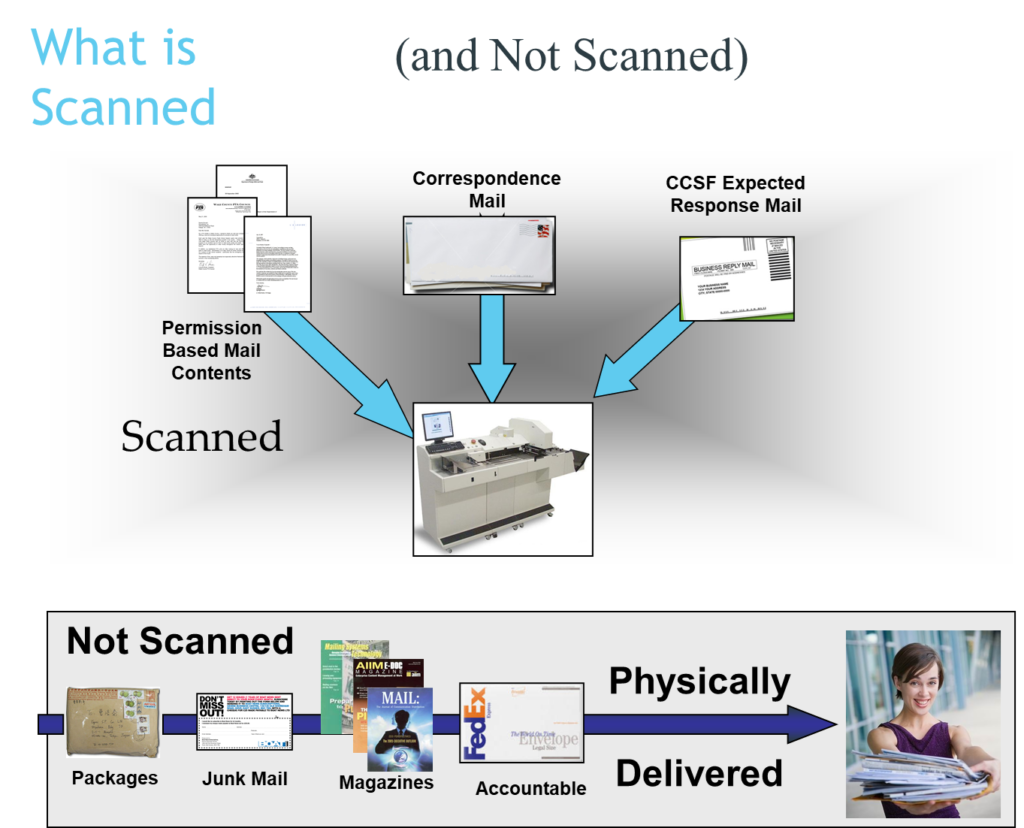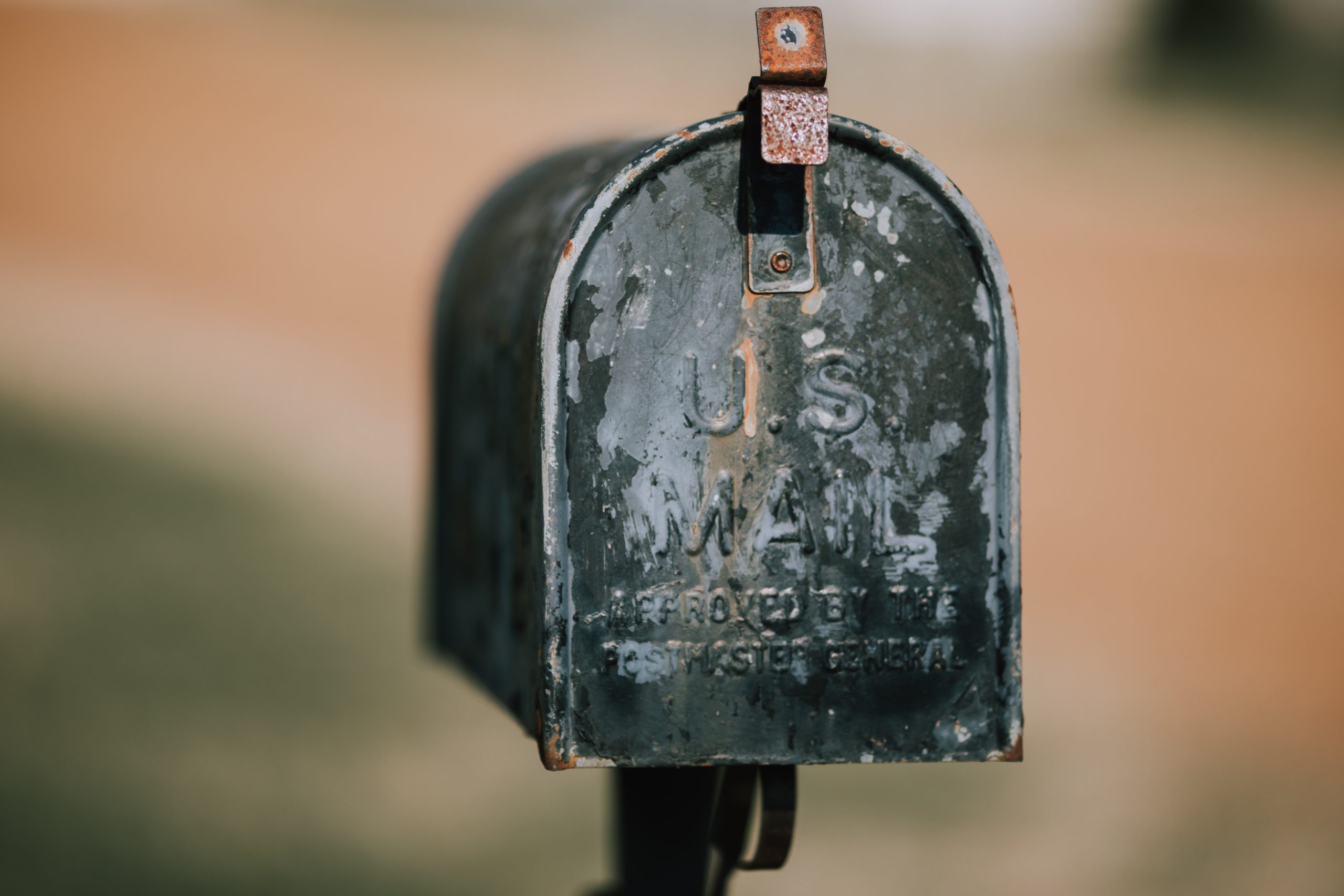In any organization, the response time, productivity and service quality of each department depends on the reliability and timely distribution of mail. Traditional mailrooms face high labor costs related to distributing and processing envelopes and packages, coupled with other expenses associated with analog correspondence.
Fortunately, there is an alternative. The general rule for minimizing document processing times and costs is to digitize the documents immediately upon receipt, a process that is the hallmark of a digital mailroom. Deploying digital mailrooms often results in improved customer service due to the immediate accessibility of incoming correspondence.
Aside from being more efficient, there are certain sectors where improved processes can affect more than the bottom line. For example, government agencies often deploy these systems to shorten the “decision cycle” and adhere to mandated Service Level Agreements. In short, improved access to critical documents translates into faster turnaround times, enhanced customer experience and productive employees.
Benefits of Mailroom Capture & Automation
- Quicker access to incoming information in the mail stream
- Increased knowledge worker productivity
- Additional compliance/accountability for each scanned piece of mail
- Greater protection for disaster recovery of documents in process
- Increase billable hours
- Decrease unwanted/junk mail (A green solution)
- Reduce lost, damaged and misfiled documents
- Lower distribution costs for interoffice pouches
- Decreased number of mail sweeps
- Decreased mail distribution and courier costs
- Decreased volume of documents sent to storage
- Gateway to a Records Management Solution
- Protects against chemical contamination and business disruption
- Client defines a set of rules-based applications

Mailroom Capture Options:
- Content Scanning – All scannable mail is scanned upon delivery
- Improves business process, efficiency, and productivity
- Eliminates paper
- Reduces time of physically delivering mail and decreases number of internal sweeps
- Capable of delivering mail to traveling or remote employees in a cost-effective manner
- Moves responsibility for capturing documents from the employee to the organization/system
- Digitally captures incoming mail documents to enhance records management
- Permission-Based Content Scanning – All envelope faces are scanned. Employee instructs the mail center to scan or not scan the internal contents.
- Organizations looking to improve productivity and introduce a digital document process into the workplace
- Improves visibility into incoming mail stream
- Addresses policies and/or concerns about physically opening mail in the mail center
- Ideal for organizations who desire to scan mail but are receiving high volumes of specialized departmental mail that may require physical delivery
- Envelope-Only Scanning – Only the envelope faces are scanned. Employee directs mail center to deliver or destroy mail parcel.
- Suppresses unwanted mail from the work environment
- Improves management of returned mail
Under the Hood: How Mailroom Capture Works
- Mail is received from Post Office
- Mail is rough sorted into “Scannable” and “Non-Scannable” distinctions
- Non-Scannable mail is fine sorted and prepped for envelope scanning only, then physical delivery
- Labor is paired from rough sort into scanning functions

What Mail is Scanned?
- Permission Based Mail Contents
- Correspondence Mail
- CCSF Expected Response Mail
What Mail is NOT Scanned?
- Packages
- Junk Mail
- Magazines
- Accountable
Records Considerations:
- Manual Mail – Does not account for documents and information entering the organization. No record of mail parcel/document unless an employee declares receipt.
- Mailroom Capture – Turns scannable mail into “accountable” mail stream documents at the time of first receipt. This records hard mail piece arrival and disposition, while providing improved control and a clear audit trail.
Who Can Benefit From Implementing Digital Mail Process?
- Large Mail Centers
- Decentralized Mail Process (Campus, Field Services, Telecommuter, etc.)
- Remote Workforces
- Organizations with time sensitive documents in inbound mail stream
- Organizations that receive a high volume of junk and/or physical mail
- Organizations with high-value documents in inbound mail stream



0 Comments